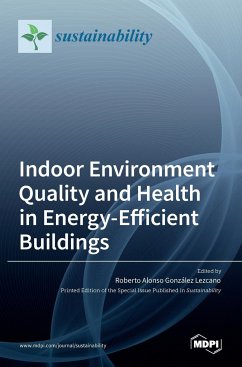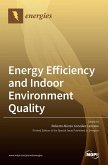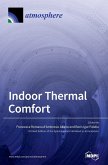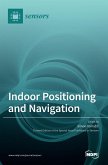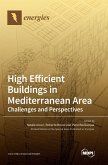This Special Issue addresses a topic that is of great relevance as, nowadays, in developed countries, individuals spend most of their time indoors and, depending on each person, the presence at home ranges between 60% and 90% of the day, with 30% of that time spent sleeping. Considering these data, indoor residential environments have a direct influence on human health, especially considering that, in developing countries, significant levels of indoor pollution make housing unsafe, having an impact on the health of inhabitants. Therefore, housing is a key health factor for people all over the world, and various parameters, such as air quality, ventilation, hygrothermal comfort, lighting, physical environment, and building efficiency, can contribute to healthy architecture, as well as to the conditions that can result from the poor application of these parameters. The articles in this Special Issue thus address issues concerning indoor environmental quality (IEQ), which is described, more simply, as the conditions inside a building. This includes air quality, but also access to daylight and views, pleasant acoustic conditions, and occupant control over lighting and thermal comfort. IEQ also includes the functional aspects of the space, such as whether the layout provides easy access to tools and people when needed and whether there is sufficient space for the occupants. Building managers and operators can increase building occupant satisfaction by considering all aspects of IEQ rather than focusing on temperature or air quality alone.
Hinweis: Dieser Artikel kann nur an eine deutsche Lieferadresse ausgeliefert werden.
Hinweis: Dieser Artikel kann nur an eine deutsche Lieferadresse ausgeliefert werden.

